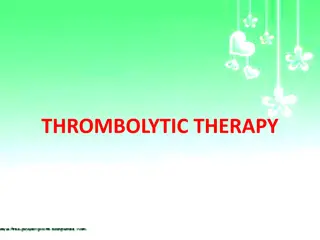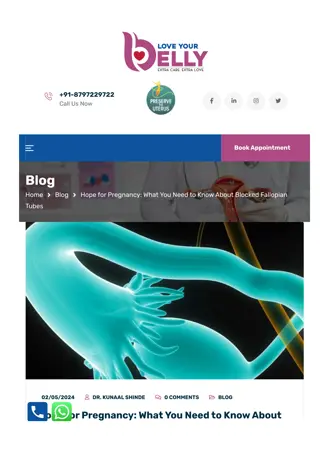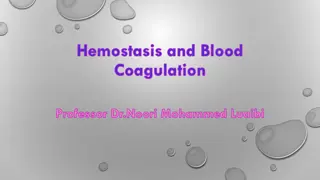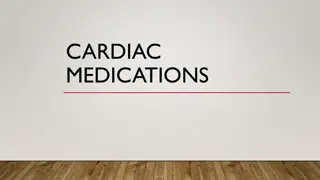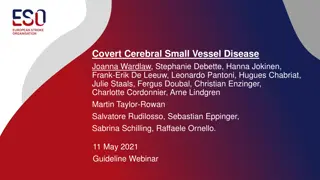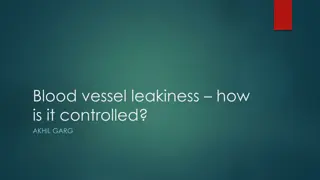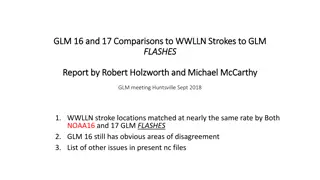Understanding Blood Clots, Vessel Blockage, and Strokes
Polymers, blood clots, vessel blockages, and strokes are explained in this informative content. Blood clot formation, vessel blockages due to embolism and thrombosis, and the different types of strokes are detailed. The effects of stroke on the brain and its various regions are highlighted.
Download Presentation

Please find below an Image/Link to download the presentation.
The content on the website is provided AS IS for your information and personal use only. It may not be sold, licensed, or shared on other websites without obtaining consent from the author. Download presentation by click this link. If you encounter any issues during the download, it is possible that the publisher has removed the file from their server.
E N D
Presentation Transcript
Polymers Polymers are large molecules made of a repeating series of smaller molecule units. The small units are called monomers. Polymerization is the process of linking together monomers to form a larger polymer. monomer polymer
What is a Blood Clot? When damage occurs to a blood vessel, the body creates a blood clot to prevent blood loss. Damaged vessels release proteins causing a cascade leading to coagulation and the creation of a clot: platelets bind to the damaged tissue fibrinogen (a protein) is recruited to the site and is converted to fibrin fibrin is polymerized and creates a mesh that, when combined with the platelets, creates a blood clot When the vessel is healed, the body dissolves the clot. 1. 2. 3.
Vessel Blockage An embolism is an object (blood clot, plaque) that travels through vessels, gets stuck and blocks blood flow. It can be created from: the failure of the body to break-down a clot or a clot that breaks off the vessel wall excessive plaque build-up in vessel walls A thrombosis is a blood clot that grows abnormally in a vessel and cuts of blood flow.
Stroke A stroke is a loss of brain function due to an interruption of the blood supply to the brain. ischemic strokes are caused by blood clots that block blood flow to areas of the brain. (87% of strokes) hemorrhagic strokes are caused by a hemorrhages (bleeding) in the brain.
The Brain Different parts of the brain have different functions. cerebrum: controls higher thought, speech, motion and vision cerebellum: controls balance and fine motor skills brain stem: controls vital life functions
Effects of a Stroke When a tissue is cut off from its blood supply, it has no oxygen or nutrients and begins to die. The effects depend largely on where in the brain it occurs, how large of an area is affected, and how long the tissue is deprived of blood.
Stroke Locations cerebrum A stroke here causes difficulty thinking and speaking. brain stem A stroke here would likely be lethal. cerebellum A stroke here causes dizziness and difficulty controlling fine motor skills.
Restoring Blood Flow Biomedical engineers design tools to remove blood clots.
Example Biomedical Device Merci Retrieval System A cork-screw device is inserted through the femoral artery in the groin and travels to the site of the blood clot in the brain. The tool grabs the clot and pulls it out through the artery.
Example Biomedical Device Penumbra System A thin device is inserted through the femoral artery in the groin area and travels to the site of the clot in the brain. The tool sucks up the blood clot to restore blood flow. Teacher: insert image found at: stroke.ahajournals.org/content/43/1/28 0/F2.large.jpg


